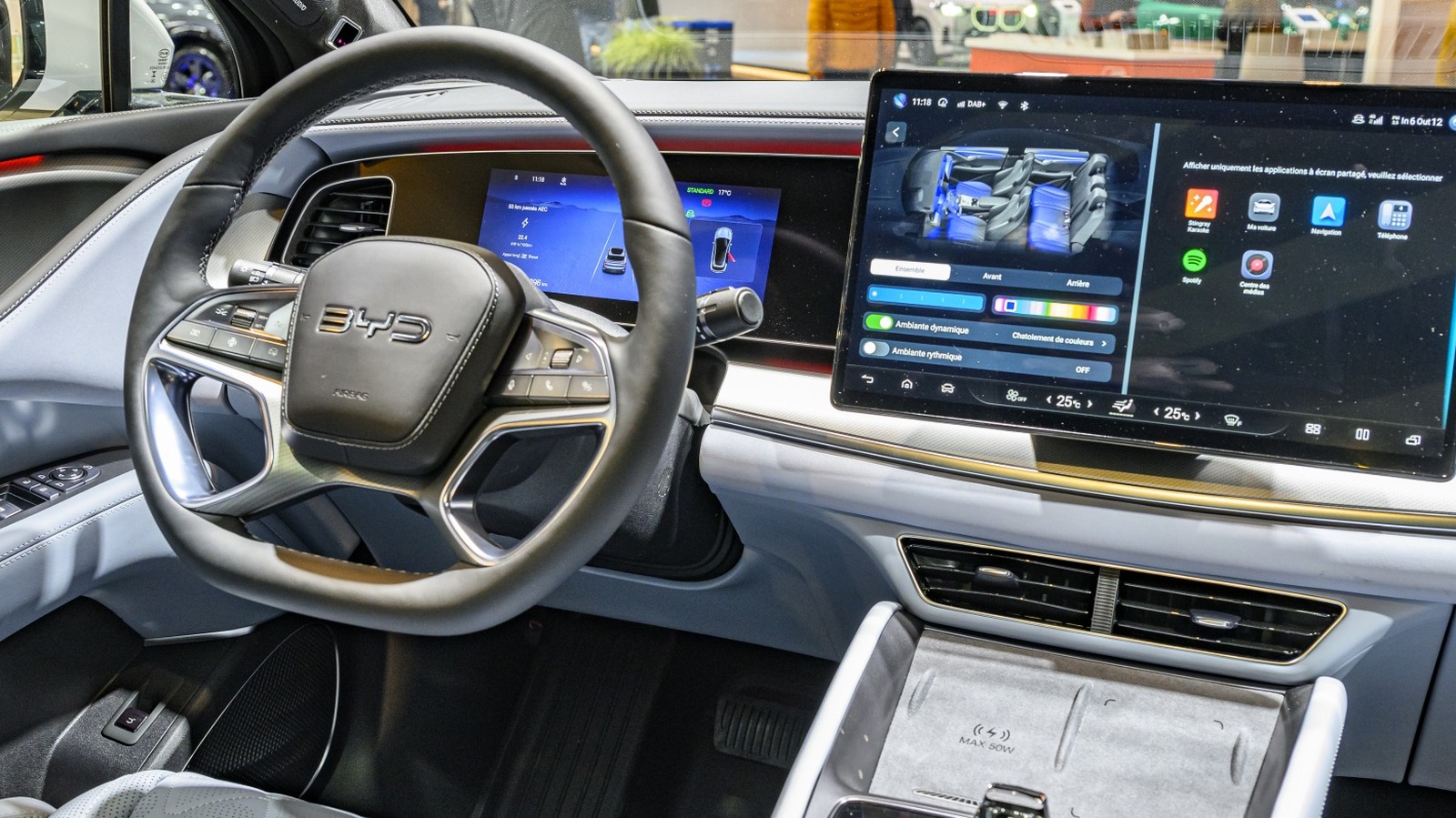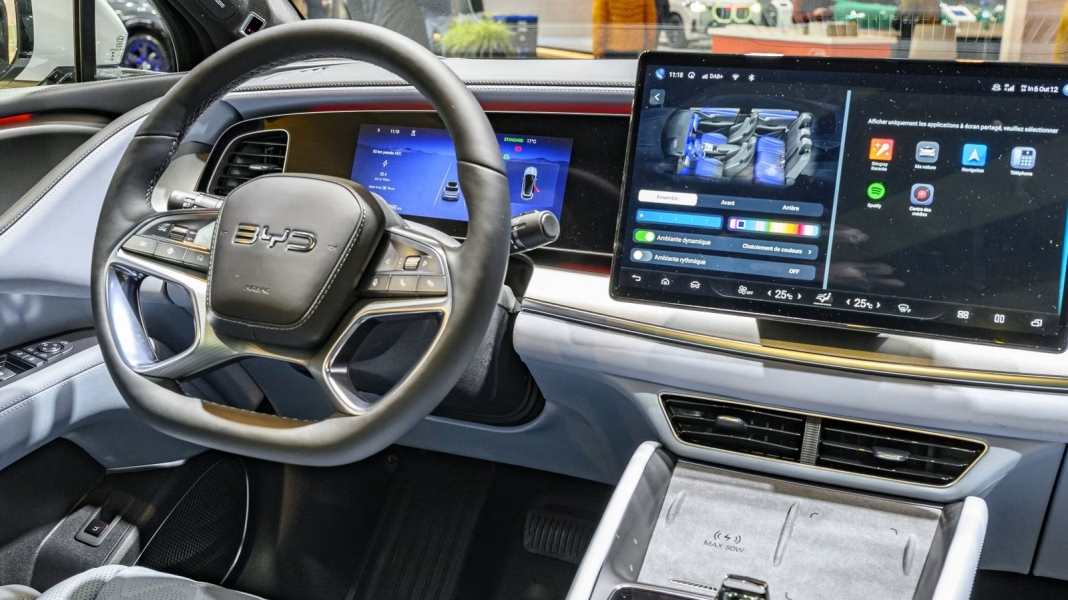With the rapid evolution of automotive technology, it’s no surprise that our vehicles are becoming more advanced and feature-rich. However, not every innovation hits the mark. Some features, despite their high-tech appeal, can leave drivers scratching their heads or, worse, feeling frustrated. Let’s dive into some of the most questionable automotive features that have emerged in recent years.
What Are the Most Confusing Tech Features in Modern Cars?
One of the most talked-about features is the over-reliance on touchscreens. While they look sleek and modern, many drivers find themselves fumbling with menus while trying to navigate. The tactile feedback of physical buttons is hard to replace, especially when you’re on the road. Imagine trying to adjust your climate control or change the radio station while keeping your eyes on the road. It can be distracting and even dangerous.
Another feature that often raises eyebrows is the automatic parking assist. On paper, it sounds fantastic—let the car do the hard work of parallel parking for you. But in practice? Many users report that the system can be slow, overly cautious, or even misjudge available space. Instead of a smooth parking experience, drivers can end up feeling more stressed as they watch the car inch forward and backward, often taking longer than if they had parked manually.
Why Are Some Safety Features More Annoying Than Helpful?
Safety features are designed to protect us, but sometimes they can feel more like an obstacle than a safeguard. Take lane-keeping assist, for example. This technology is meant to help keep you centered in your lane, but it can be overly sensitive. Drivers have reported that the system can jerk the steering wheel unexpectedly, making it feel like the car has a mind of its own. Instead of enhancing safety, it can create a sense of unease, especially for those who prefer a more hands-on approach to driving.
Then there’s the issue of adaptive cruise control. While it’s great for maintaining speed on long highway drives, it can be a bit too eager to brake for slower vehicles. Some drivers find themselves constantly adjusting their speed, which defeats the purpose of having cruise control in the first place. The result? A frustrating back-and-forth that can make even the most patient driver feel on edge.
Are Voice-Activated Systems Really Worth It?
Voice-activated systems are another feature that often misses the mark. The idea of controlling your navigation or music with just your voice sounds convenient, but many users find these systems struggle to understand commands, especially in noisy environments. Instead of simplifying tasks, they can lead to repeated attempts to get the system to recognize a simple instruction. This can be especially annoying when you’re trying to focus on driving.
What About the Infamous “Infotainment” Systems?
Infotainment systems, while packed with features, can also be a source of frustration. Many drivers have reported that these systems can be slow to respond, crash unexpectedly, or simply be too complicated to navigate. What should be a straightforward experience—like playing your favorite playlist—can turn into a multi-step ordeal that distracts from the joy of driving.
How Can We Make Sense of These Features?
So, what’s the takeaway from all this? While technology in cars is undoubtedly advancing, not every feature is a winner. It’s essential for manufacturers to balance innovation with usability. As consumers, we should also voice our experiences and preferences, pushing for designs that prioritize safety and ease of use over flashy gimmicks.
The big takeaway? Embracing new technology in cars isn’t about perfection—it’s about smarter adjustments. Start by identifying one feature that frustrates you, and consider how it could be improved or replaced with something more user-friendly. You might just find that a small change can make a significant difference in your driving experience.


